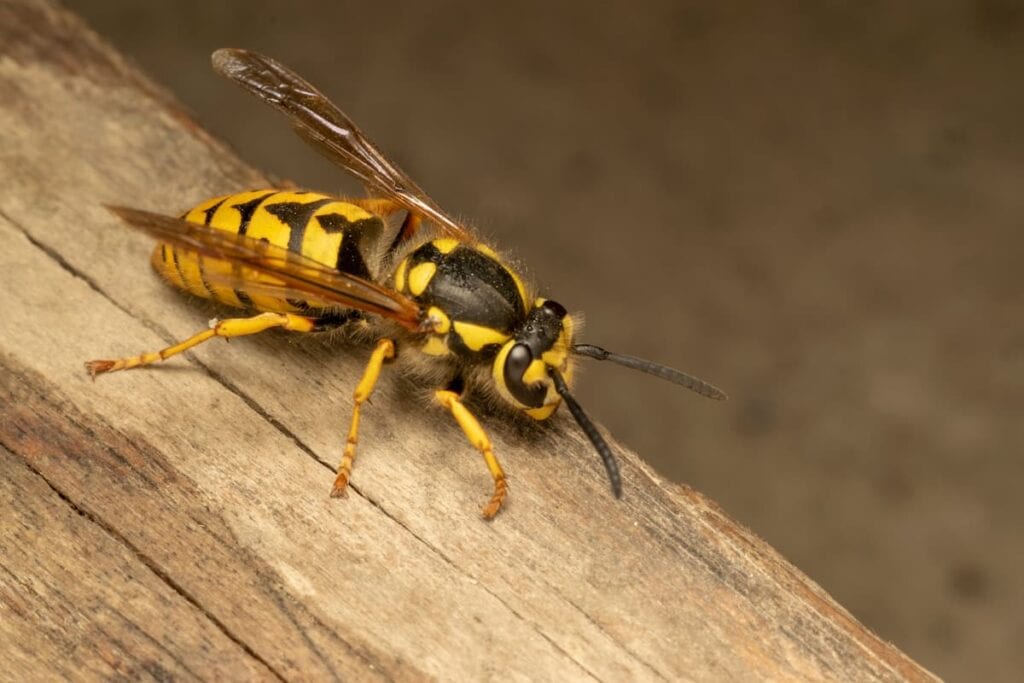While there are certain outdoor flying insects that serve a role in nature, including pollination and other areas, these insects constructing nests in or near our homes can pose dangers. Not only do some of these insects possess and sometimes use stingers, they also may cause costly property damage if they aren’t controlled.
At Logan Extermination, we’re happy to offer a variety of pest control and exterminator services, covering a wide range of pest prevention areas ranging from insects like ants and termites up to flying insects, rodents and many others. If you’re worried you’re dealing with an infestation of stinging insects near your home or building, one of the top themes we’ll assist you with is identifying the insects – this often plays an important role in extermination and future prevention. Nests themselves are often one of the first pieces of evidence you’ll look at; this two-part blog series will go over some of the most common stinging insects out there, plus how to identify them based on nests and a few other basic factors.
Paper Wasps
Named for the material they typically use to build their nests, paper wasps are also sometimes called umbrella wasps – because their nests may look like an umbrella once built. The most common location for the nest of this wasp type is in residential yards, where they will often hang from trees, porch ceilings, deck floor joists and similar areas. They come with uncovered cells that allow eggs to be laid.
Generally, paper wasps live in smaller colonies and eat nectar. They will also consume other insects like flies and caterpillars. Their most common emergence period of the year is spring. They can be identified by their brownish color and similar shape to yellowjackets (more on them below).
These wasps are not naturally aggressive, but will sting if they or their nest are threatened.
Mud Daubers
Another type of wasp is the mud dauber, so named because it makes its nest from mud tubes that are built side-by-side. These are usually in sheltered locations like under porches or eaves, or inside sheds or even attics.
Mud daubers are known as solitary wasps, not living in colonies. They almost never sting and are not aggressive, but may sting if significantly provoked. They feed on plant nectar, honeydew and spiders, and are often the least risky in terms of health and property damage. Some property owners don’t even feel the need to remove them.
Yellowjackets
Yellowjacket actually refers to a few species, all of which have a distinct yellow and black head with a patterned abdomen. Their nests are made from chewed-up cellulose and will be made both above- and below-ground, usually with a small entrance hole. However, yellowjackets can move up to hundreds of feet away from their nest at a given time, and may often be in plain sight.
Yellowjackets have a smooth stinger, and can sting repeatedly when attacked. They will sting if threatened and are territorial, meaning their nests located near a home or building must often be removed. They may invade events like barbeques or other outdoor events, especially those with food – they’re known to feed on sweets and various proteins.
For more on identifying common stinging insects by their nests and other characteristics, or to learn about any of our pest control services, speak to the staff at Logan Extermination today.




